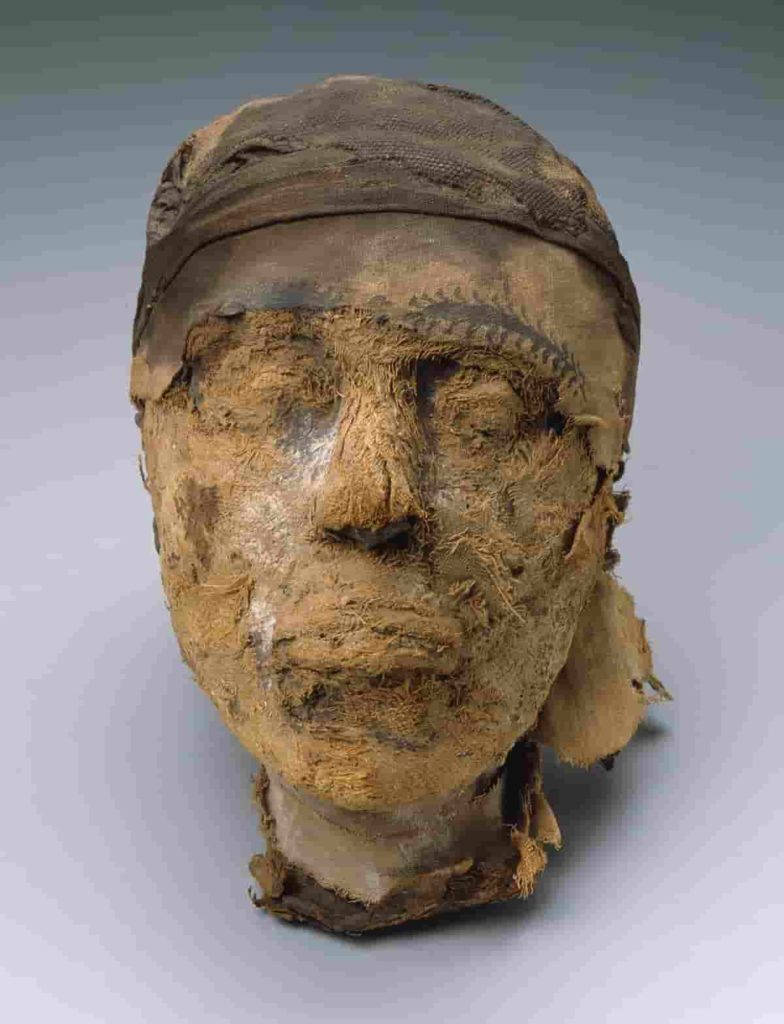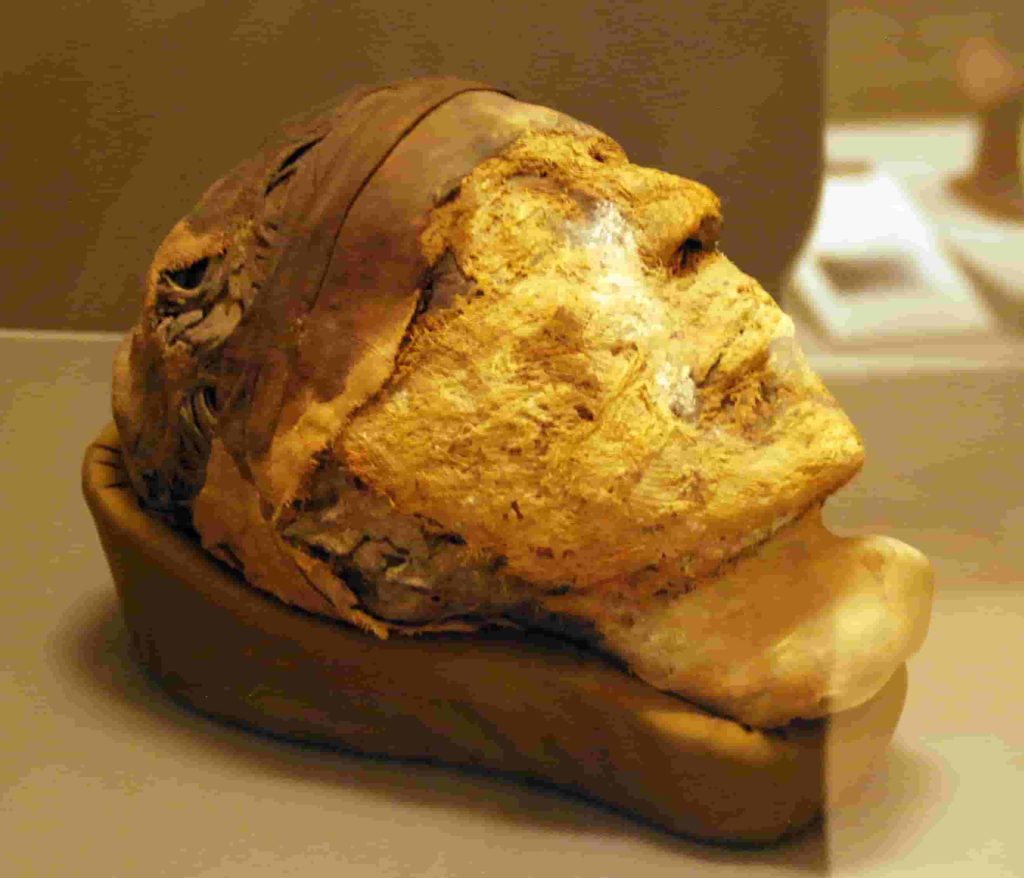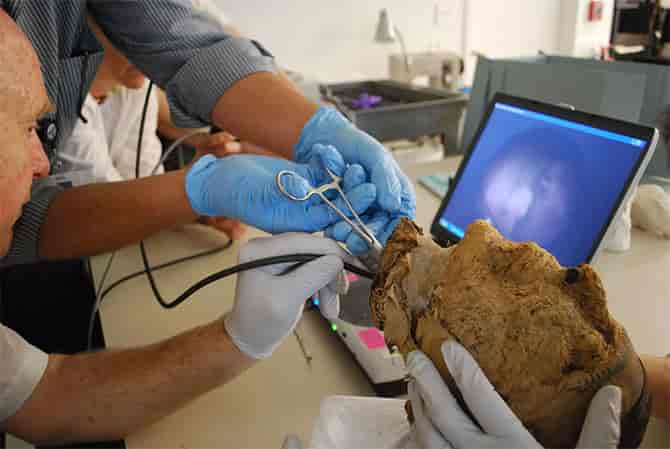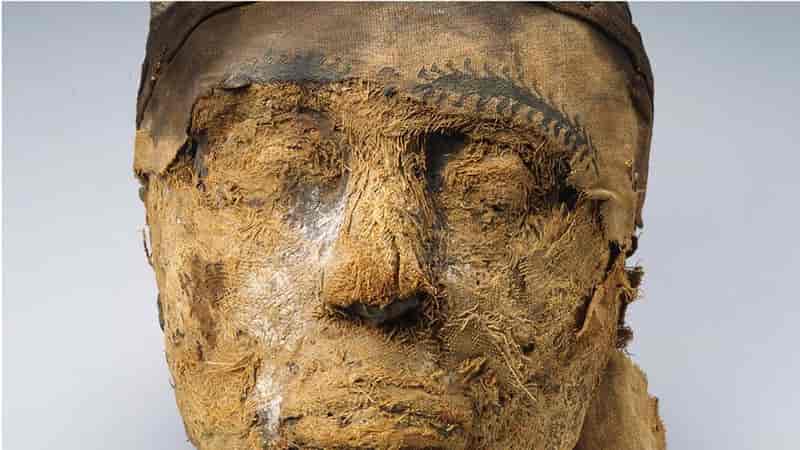More than a century ago, in 1915, a group of archaeologists made an unusual discovery while excavating a necropolis in Deir el-Bersha, Egypt.
Inside the burial chamber, they found the head of an ancient Egyptian mummy, separated from the body and resting on a cedar coffin. The archaeologists began an investigation to determine the identity of the mummy and the circumstances surrounding its burial.
The mummy had reportedly been in existence for at least 4,000 years, but had not always been at rest. At some point, looters had entered the tomb, taken valuable items such as gold and jewelry, and separated the head from the body. They also set fire to the tomb in an attempt to cover up the crime.
The tomb was determined to belong to an ancient Egyptian governor named Djehutynakht and his wife, who lived around 2,000 BC and administered a province in Upper Egypt. This led the archaeologists to question whether the mummy was that of the governor or his wife.
The mummy’s head was taken to the Boston Museum of Fine Arts in 1921, where it remained an intriguing mystery for researchers. The two coffins and numerous wooden statues found in the tomb were also brought to the United States for analysis.
In 2009, the artifacts were finally displayed to the public, and the museum began considering options to solve the mystery of the mummy’s identity.
A DNA test was deemed the only way to determine the mummy’s gender, but at the time, no successful DNA extraction had been made from a 4,000-year-old mummy.
The museum turned to the FBI for help, and in 2016, the agency’s forensic experts were able to extract and analyze DNA from a molar in order to determine the gender of the mummy.
The results revealed that the mummy was male, leading the researchers to conclude that it was the governor, Djehutynakht, whose head had been found on the coffin. The case was finally solved, thanks to the help of the FBI and the efforts of the Boston Museum of Fine Arts and Massachusetts General Hospital.
The discovery of the mummy’s head and the subsequent investigation provided insight into the life and times of ancient Egypt, as well as the criminal activities that took place in the region.
It also highlighted the importance of preserving ancient artifacts and the role that science and technology can play in unlocking their secrets.
Despite the successful resolution of the case, the mummy’s head and the other artifacts from the tomb continue to be of interest to researchers and the public, providing a glimpse into the lives of people who lived thousands of years ago.
Source: ISABELA BARREIROS, aventuras na historia









